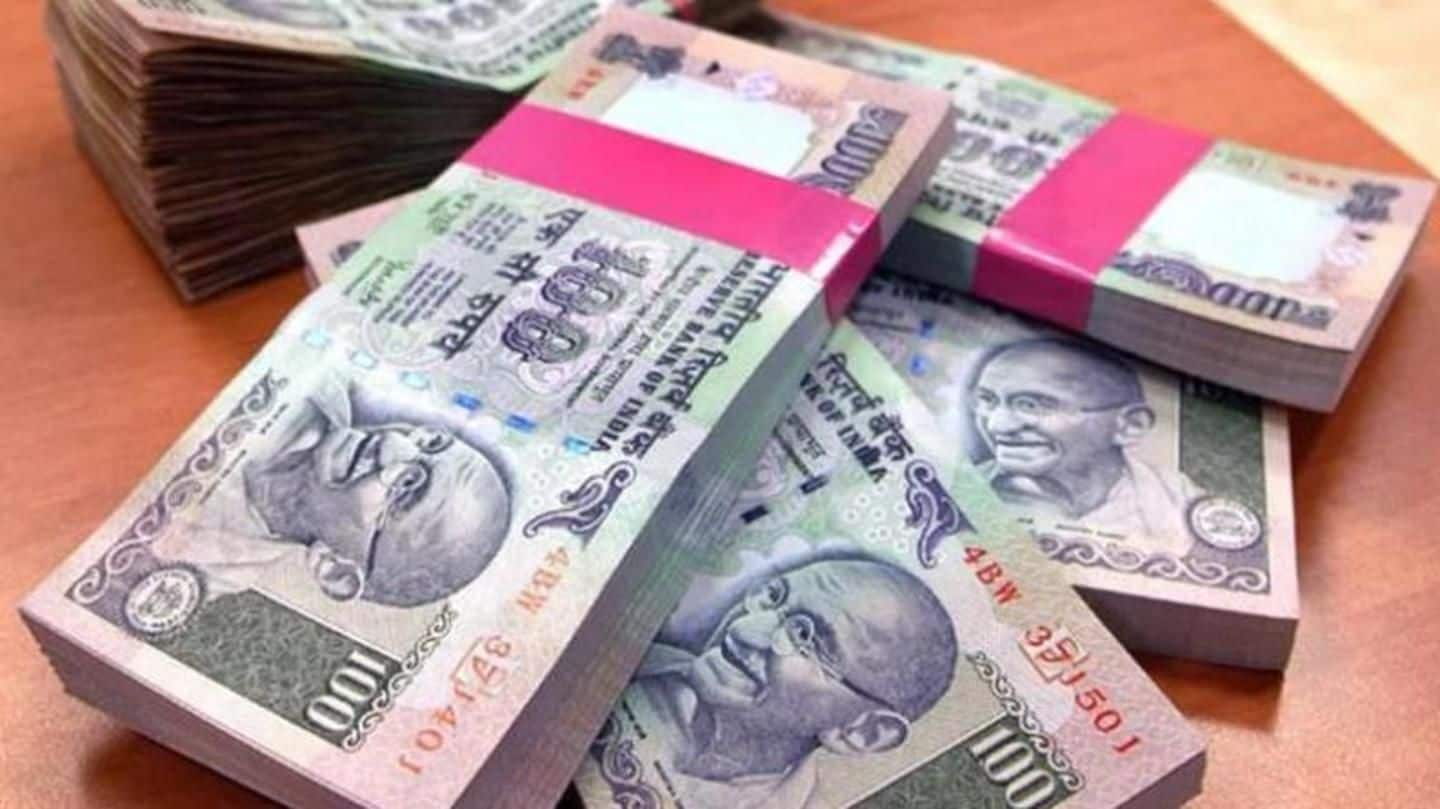
Bankers fear soiled Rs. 100 notes may deepen cash crunch
What's the story
Bankers fear that the prevailing cash crunch in different parts of the country might just get worse with unsoiled, usable-in-ATMs Rs. 100 notes becoming "too scarce."
Just like Rs. 200 and Rs. 2,000 notes, Rs. 100 notes - especially those which can be used in ATM cassettes - are in short supply, and the signs aren't good.
Here's what the bankers are worried about.
Post-demonetization
Rs. 100 notes pumped in after demonetization wasn't enough
Following demonetization move, the RBI indeed pumped in Rs. 100 notes in huge quantities to deal with the cash crunch.
As against banks' demands for 5,500 million Rs. 100 notes in 2016-17 - the demonetization year - the RBI supplied 5,738 million pieces.
However, this wasn't enough because Rs. 100 notes became crucial as change currency, following the release of the Rs. 2,000 notes.
Do you know?
Millions of unusable, soiled notes still in circulation
With the post-demonetization cash crunch in full swing, the RBI allowed millions of soiled Rs. 100 notes in the system to help it through tough times. These notes, some of which date back to 2005, cannot be used in ATMs because of their threadbare state.
Currency circulation
Increase in circulation mostly brought about by soiled notes
Consequently, circulation of Rs. 100 notes almost doubled in 2016-17 to 19.3% as opposed to 10% earlier. A bulk of the increase was due to the addition of soiled notes.
Similarly, circulation of low-denomination notes also shot up in 2016-17.
Yet, this doesn't help the cash crunch insofar as these notes can't be disbursed through ATMs.
ATM capacities
Understanding ATM capacity with regard to the cash crunch
ATMs normally have four boxes or "cassettes" for holding different currency notes of different denominations.
ATMs can typically hold 2,000 notes in each cassette, and doing the math with Rs. 100, Rs. 200, Rs. 500, and Rs. 2,000 notes, an ATM, in ideal conditions, can hold a maximum of Rs. 56 lakh.
But the reality is far from ideal.
Do you know?
How ATMs are refilled, in practice
In reality, banks only fill two or three ATM cassettes with denominations based on cash availability and demand. One cassette is typically kept empty to accommodate notes taken back due to system error.
The cash crunch
Finally, why the cash crunch is expected to get worse
Now, with Rs. 200 and Rs. 2,000 notes in short supply, those cassettes are kept empty.
Therefore, in effect, ATMs have been operating on Rs. 100 and Rs. 500 notes, and typically hold Rs. 12 lakh as opposed to full capacity, thus tending to run out faster.
Coupled with increasing un-usability of Rs. 100 notes, the cash crunch is expected to further deepen.